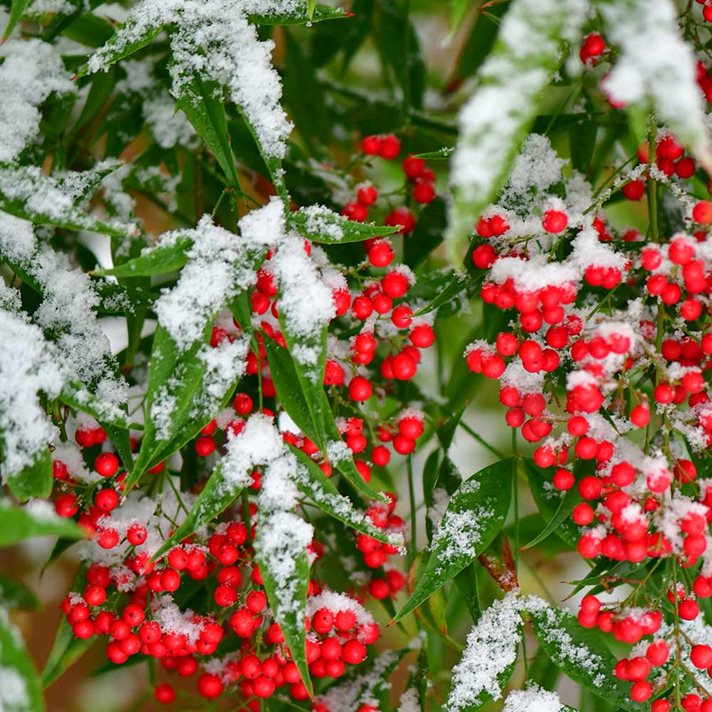Preparing the garden for winter

With last winter being the coldest we’ve had for many years and lots of us sadly loosing plants in the week-long freeze we experienced, how can we put our gardens in a better position this year should we have another harsh winter?
Understanding the hardiness rating of plants will help you to select plants which will come through the winter unscathed. Ranging from a very hardy H7 at one end, taking temperatures colder than -20 °C, down to H1a at the other end of the scale. This would be a heated tropical glasshouse. Permanent garden plants should be selected from H7 to H4 ratings. Anything H4 is borderline hardy (to about -5°C), so should have a mulch of compost or leaves over the roots to act as an insulating blanket.
Evergreens, unlike deciduous plants, will be more affected by low temperatures as they are still growing slowly through the winter months, drawing moisture from the soil. When the soil freezes, the water supply runs out. With this in mind you might have to think about watering evergreens occasionally through the winter.
In east facing aspects avoid using borderline hardy plants or any plant that flowers very early in the year, such as Camellia and Magnolia. Cold and frosty spring nights are often followed by a bright and sunny morning. If buds thaw too quickly, the internal structure can be damaged and they will blacken and fall. Climbers and the blossom of fruit trees may be especially prone to frost if grown against an east facing wall.
Container plants are even more vulnerable to the cold than those in the ground. With their roots above the soil surface, frost can penetrate through all sides of the container. Grouping pots together means that plants can help to shelter each other. Ensure pots don’t sit with saturated soil – try moving them next to a house wall or fence. Remove any trays from underneath and place the pots on feet so they are not on wet ground. Ceramic or terracotta pots can be wrapped in bubble wrap, hessian or fleece to protect them from cracking.
Anything tender in containers should be moved into a greenhouse or conservatory to overwinter under glass. If that’s not possible, then position against a south facing wall.
Any plants in the ground which may be prone to damage can be wrapped in a double layer of horticultural fleece. Leaving the top layer of foliage on more tender plants such as Penstemon’s and Salvia’s offers them some protection. Frost may lift autumn planted shrubs out of the ground, so check regularly and re-firm the soil around them if need be.